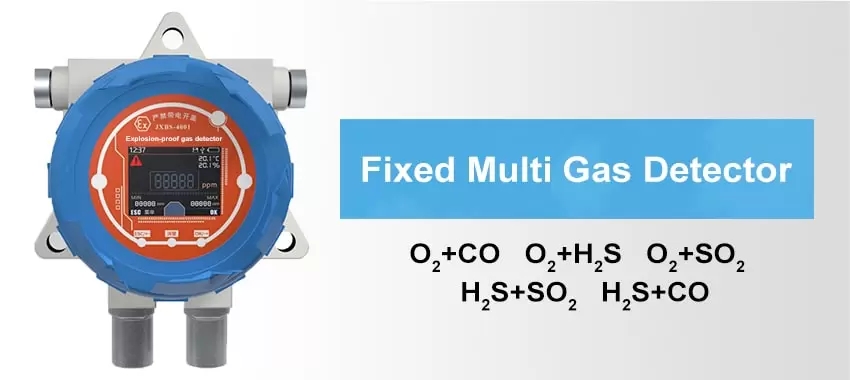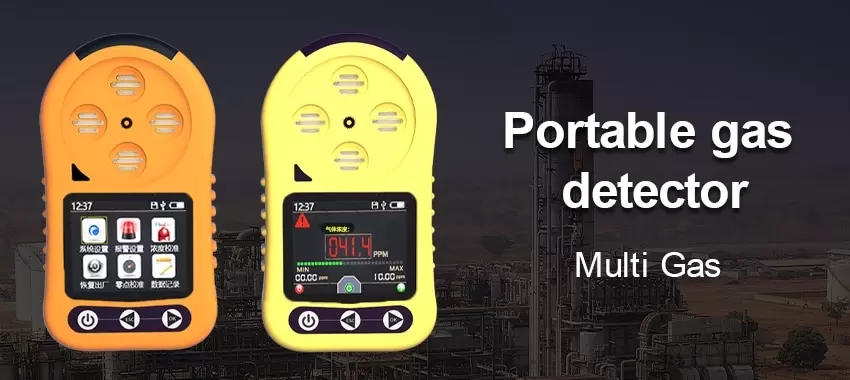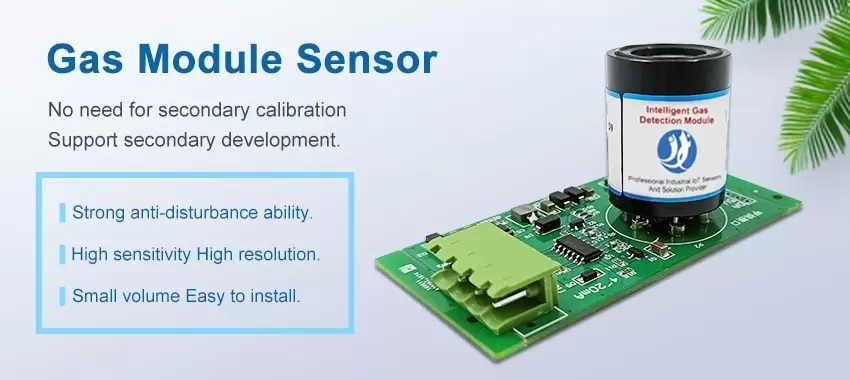Digitizing Gas Sensors
For many decades, the gas sensor industry has primarily relied on analog gas sensing, but realizing the potential benefits of greater IIoT connectivity will rely on mass digitization through the deployment of new digital sensors as well as updating older designs with analog to digital conversion capabilities.
The gas sensing element in a digitized gas sensor has to convert a physical parameter into an electrical signal that can be recorded and transmitted digitally.

Applications for Digitized Gas Sensors
There are three main application areas for digitized gas sensor networks today.Smart buildings employ sensor networks to monitor and control the indoor environment. As well as detecting smoke and fire in the building, they can also help manage air quality by monitoring various parameters and automatically controlling heating, ventilation and air conditioning (HVAC) systems.
Industrial processes that use different types of gas use gas sensors to monitor and control gas concentrations, detect leaks into the human work environment, and automatically keep stocks topped up when necessary. The most common gasses that are detected in industrial facilities are carbon monoxide, hydrogen sulfide, oxygen, and sulfur dioxide.
In medical settings, oxygen sensors are especially important in the wake of COVID-19. A variety of equipment, including respirators, ventilators, and analytic instruments that we are using to tackle the virus, rely on digital gas sensors, as do other medical technologies like anesthesia administrators and incubators.

In all of these areas, digital transformation is already taking effect.
Building managers use IoT and IIoT networks to optimize energy usage, supervise access, and even transport people and goods around facilities. Adding digitized gas sensors into the network is an easy fit.
IIoT networks spanning entire industries enable large organizations to maximize efficiency and gain an advantage over their competition. It is only natural that industrial processes involving gas should also be a part of this large-scale digitization project.
And medical technology developers, pharmaceutical companies, hospitals and healthcare organizations worldwide – not to mention patients and researchers – are realizing the promise of digitization to improve health outcomes. Adding gas sensing data to other physiological data sets that we create on our bodies can help improve people’s health and wellbeing with minimal invasion or expense.

There is More Gas Sensor Digitization on the Horizon
The trend in gas sensor development is toward ease of use. As sensors become both cheaper and more reliably automated with digital technology, more people and organizations can install sensor networks and take control of the air and other gasses in their environment.
Developing gas sensors that rely on increasingly less power – for example, CMOS based sensors – is also important for widening their usable range of applications. This is because numerous low-power sensors can be deployed around an entire environment and left to passively collect important data on things like air quality.
Miniaturizing gas sensors is high on the agenda for manufacturers as well. MEMS-based technology could put a gas sensor inside a smartphone, putting sensing capabilities literally into the hands of the general public. Carbon nanotube inks printed on thin films are one example of miniaturization in the gas sensor industry.
On the horizon, metal oxide (MOx) sensors are being heralded as promising candidates for cheap, low-power, digitized, and miniaturized gas sensing platforms.
The result of these development trends will be to acquire more data on air quality, pollution, carbon dioxide emissions, and a host of other important factors than ever before.
 : +86 155 8830 2704
: +86 155 8830 2704 : jxdziot@gmail.com
: jxdziot@gmail.com
